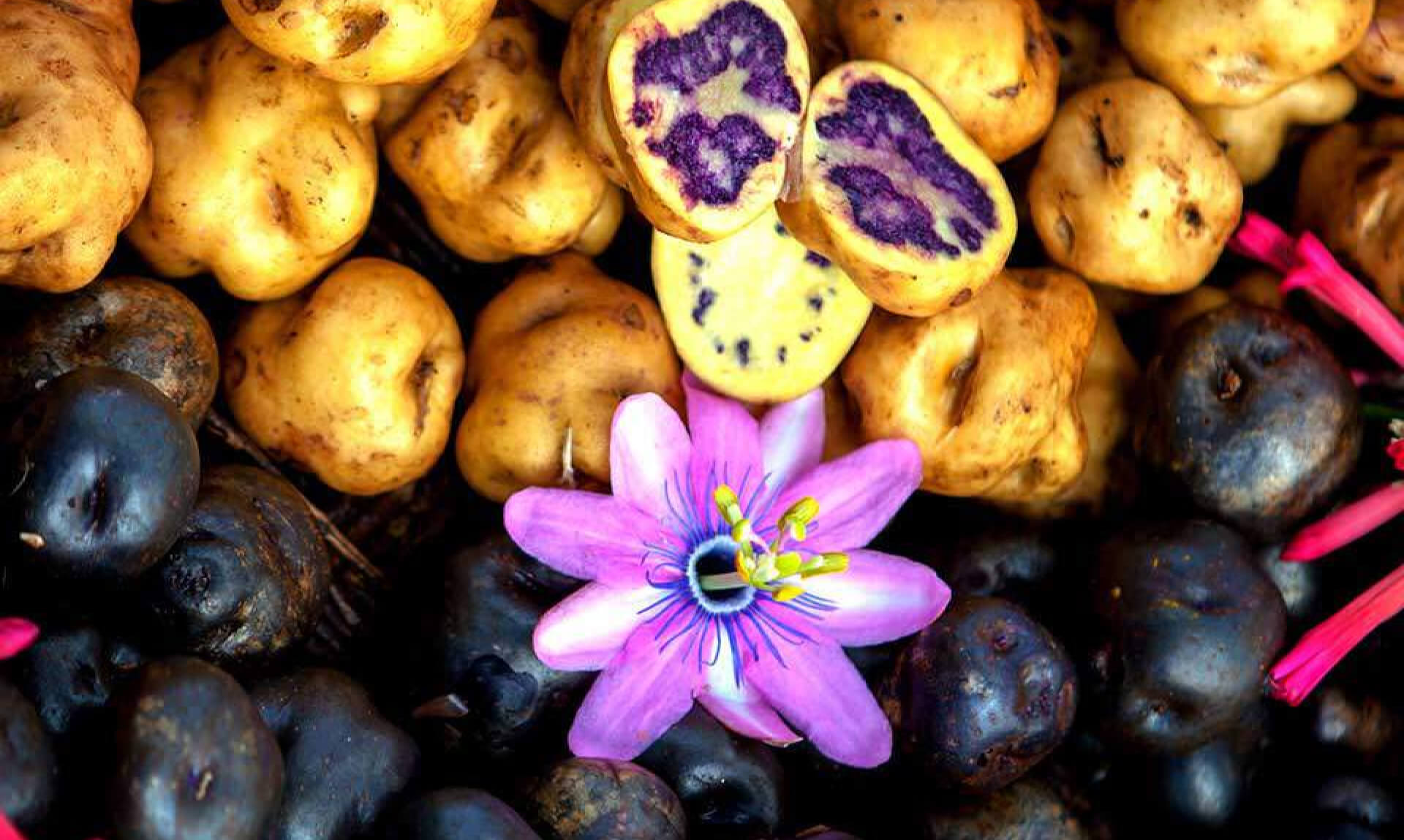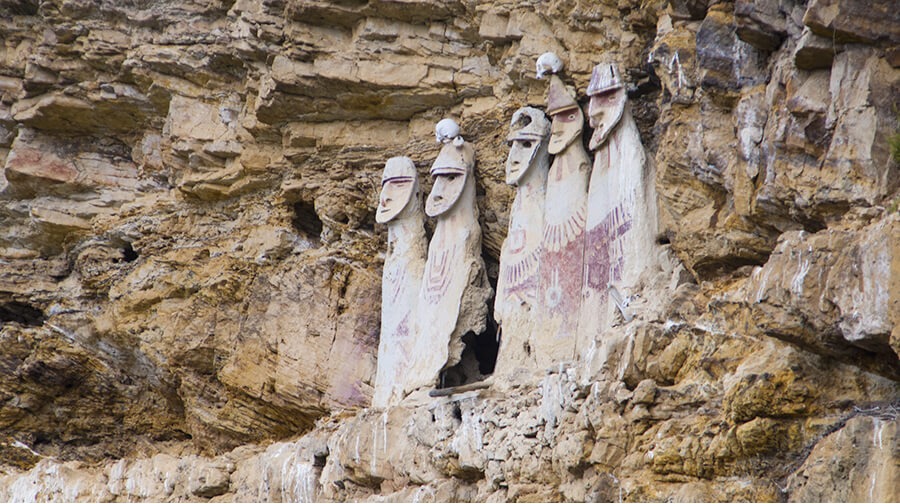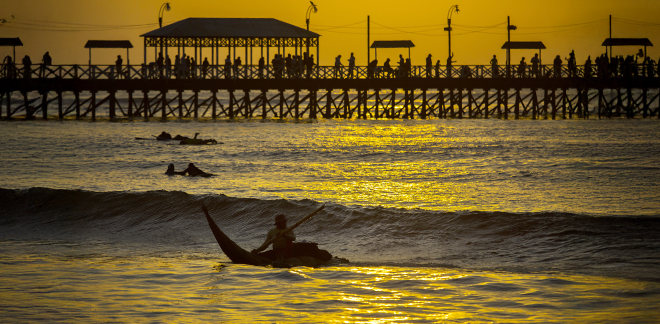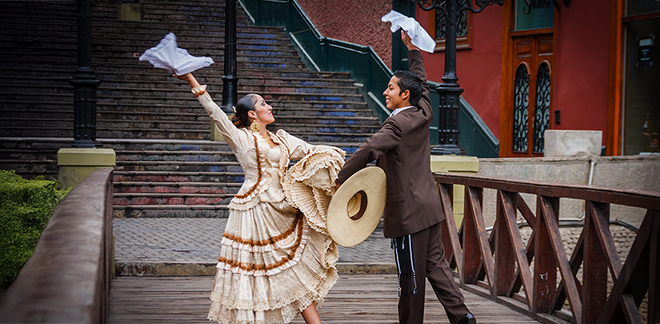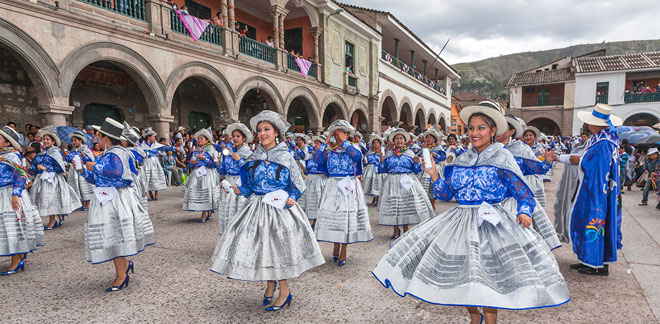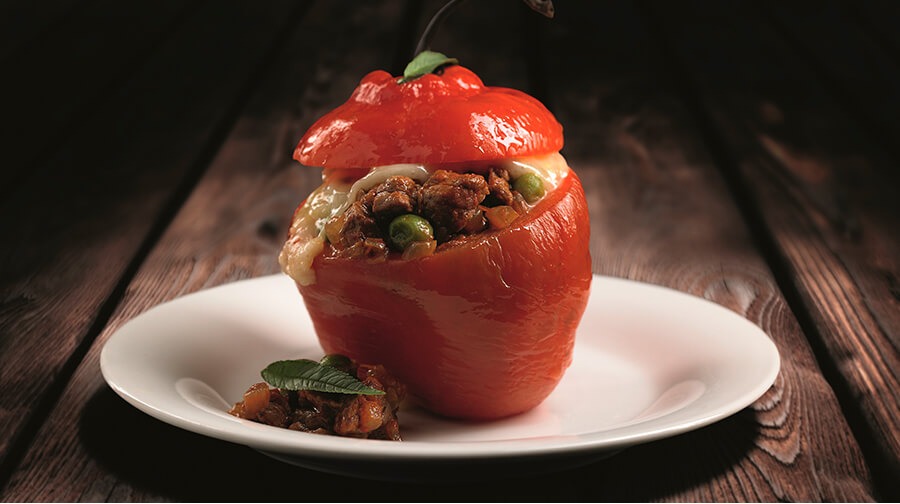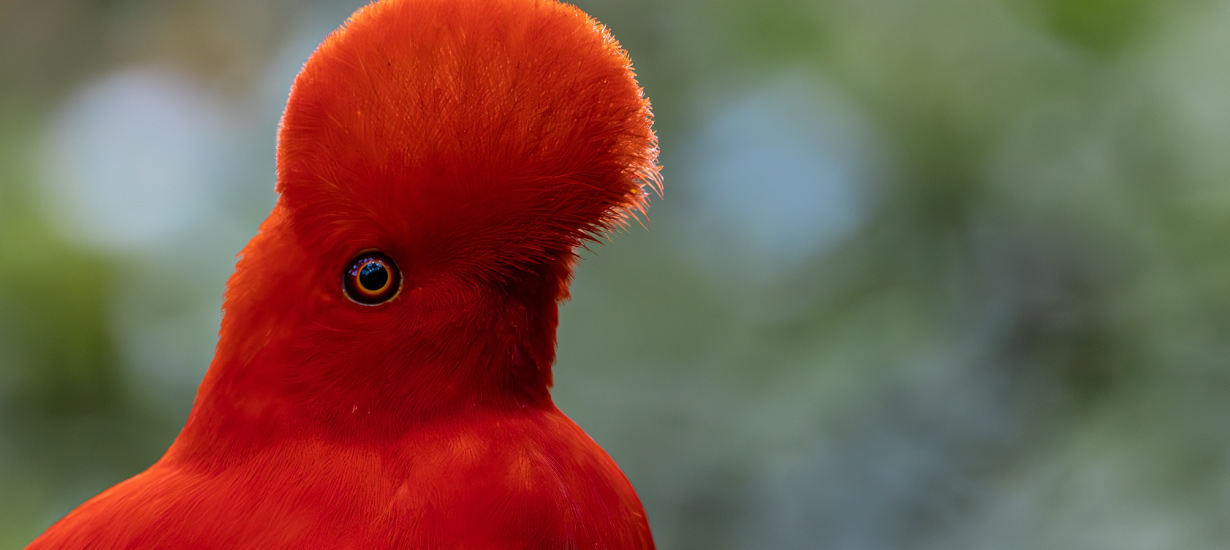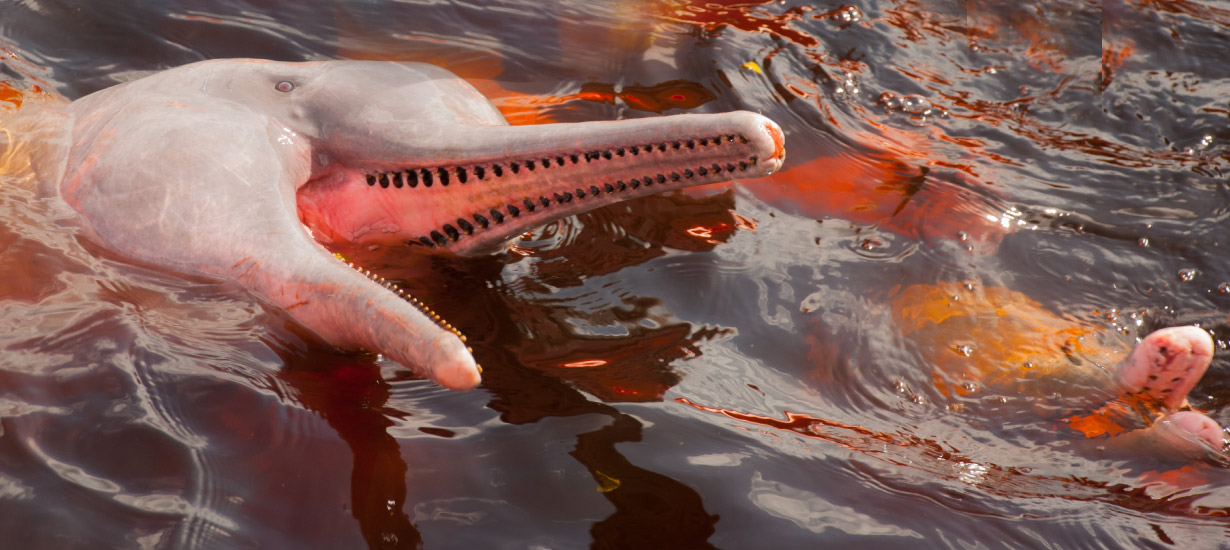Discover the mysterious Sarcophagi of Karajia
Síguenos en:Google News
Peru has great mysteries and wonders to discover. The Chachapoyas culture, a civilization that lived in the Amazonian Andes between 900 and 1470 A.D., is home to one of them: the Sarcophagi of Karajia.
The cult of the dead was of great importance for this culture of Ancient Peru, especially those at the top of the hierarchy. Their leaders had to have eternal rest, without any disturbance, the reason why their inhabitants created the Sarcophagi of Karajia, which are more than 500 years old and located in the district of Luya, in the town of Chachapoyas, in the department of Amazonas.
The Sarcophagi of Karajia, tombs in the shape of a human figure, are a funerary tradition. They are located in very high rocks, at nearly 8,400 feet up a vertical rock face and are more than 8 feet high. These burials were located in places that were difficult to reach, such as caves, cliffs and steep slopes. The aim was to ensure the sarcophagi would never be visited and the mummified bodies could rest in peace for all eternity.
These striking burials were discovered in 1985 by the Peruvian archaeologist Federico Kauffmann Doig in the Karajía ravine. The seven sarcophagi discovered were designed to bury the mummified bodies individually, in a fetal position, wrapped in cotton blankets and facing forward. It is important to mention that there was an eighth sarcophagus, however, which was destroyed by nature, falling off the cliff after the earthquake that affected the area in 1928.
The Chachapoyas had the tradition of protecting their dead from the passage of time, which is why the sarcophagi are located in steep places and at the edges of cliffs. Thanks to their location in the Karajía ravine, there is no risk of vegetation growing or of damp spreading around them. Also called "Purunmachos" because of their anthropomorphic form, they are mostly made of clay, ichu, straw and held together by mud mortar. They were also decorated by smoke white and red ochre layers of face and body paint.
How to get to the Sarcophagi of Karajia?
You have to go to the town of Cruzpata, located 31 miles northeast of Chachapoyas (approximately 2 hours by car). From Cruzpata, in the district of Luya, you have to travel on horseback for 15 minutes and walk for 10 minutes to appreciate the amazing Sarcophagi of Karajía. Visiting hours are Monday through Sunday from 08:00 am to 17:00 pm.
This tourist spot is compared to the moai of Easter Island in Chile, as these statues are similar in structure and shape.
About the Chachapoyas Culture
The Chachapoyas were a pre-Inca culture of the Andean Late Intermediate period. They were located east of the Marañón River, in the Andean jungle of northern Peru. The Chachapoyas were formed by diverse ethnic groups, descendants of immigrants from the Andes mountain range that acquired Amazonian features.
Their society was theocratic, and their territory was divided into small lordships. Their economy was based on agriculture, which was divided between grazing, hunting and subsistence harvesting. They also created their own textiles and ceramics.
Sources: ancientorigins.es / americatv.com.pe / iaaperu.org

